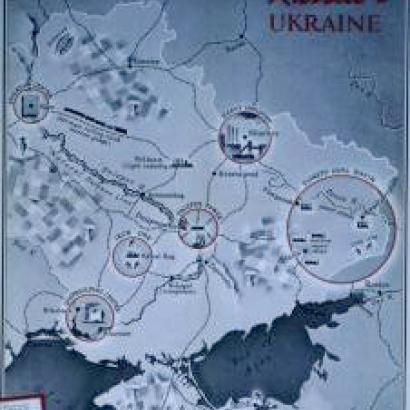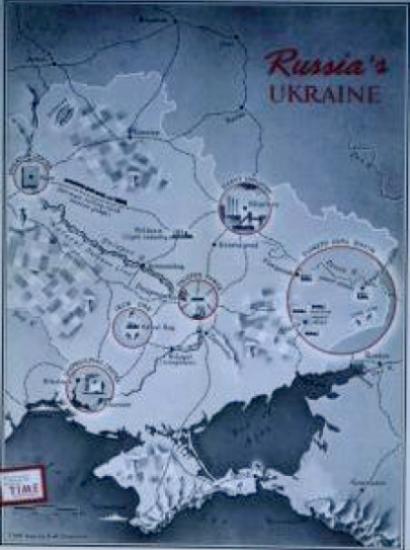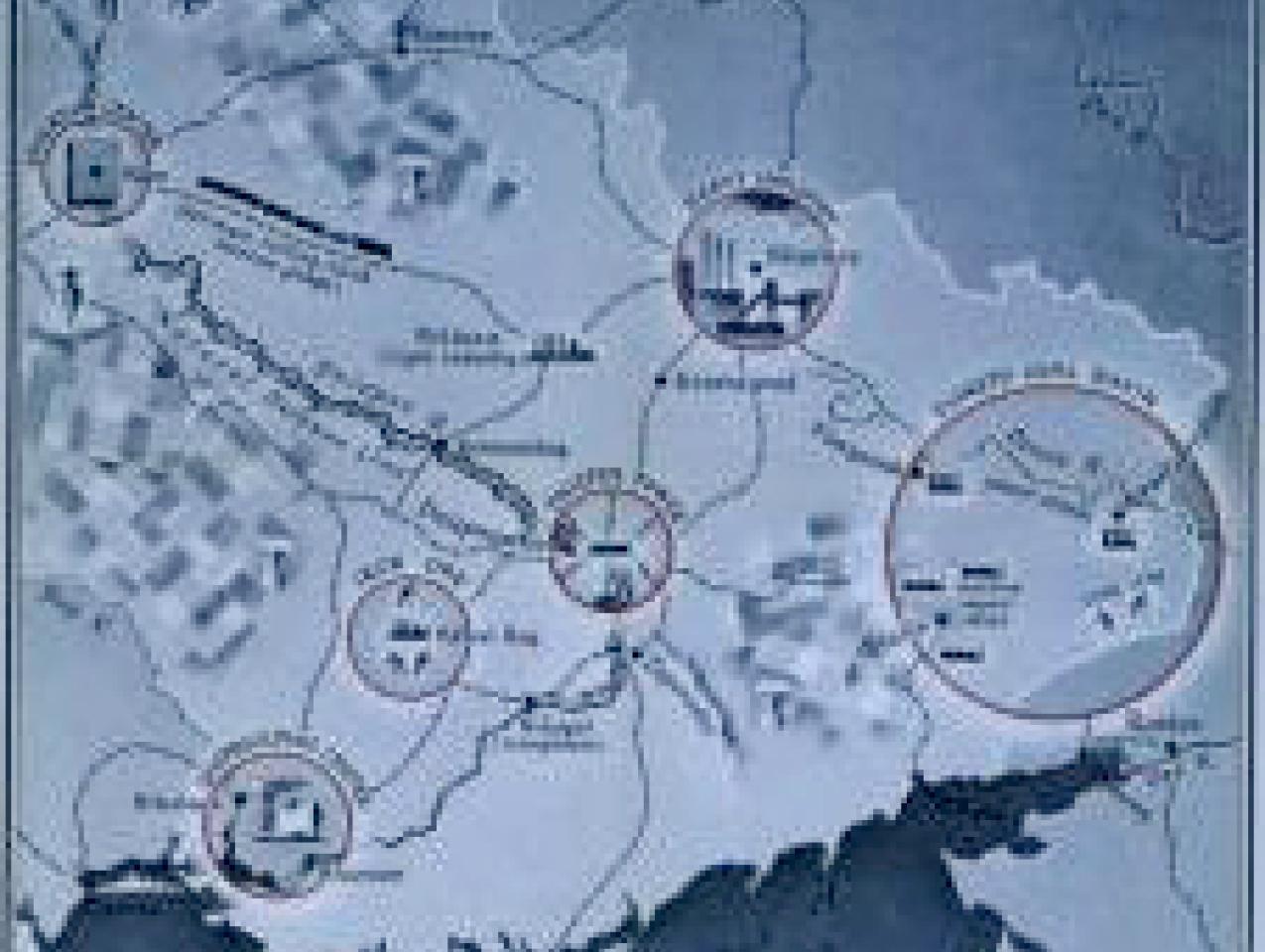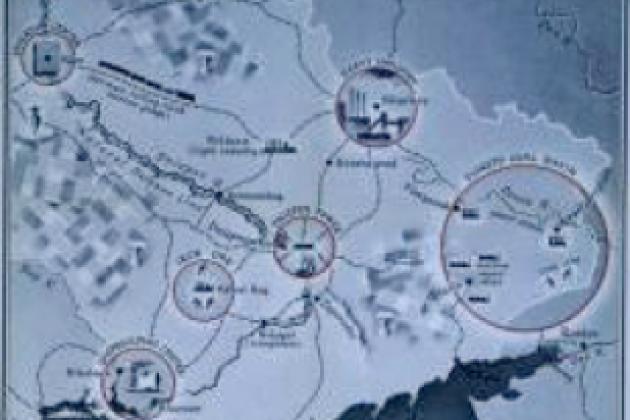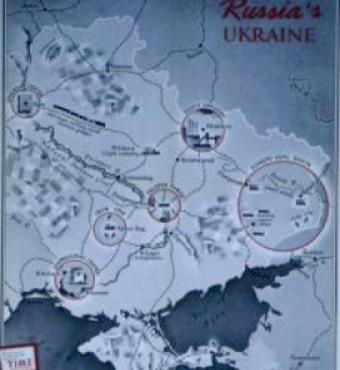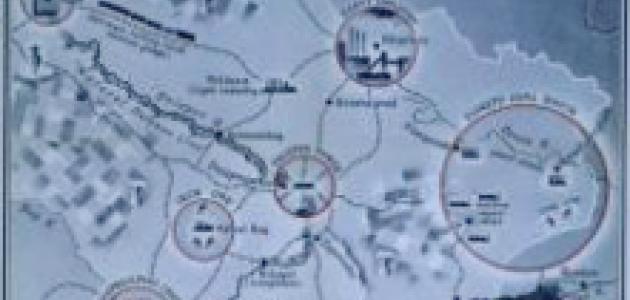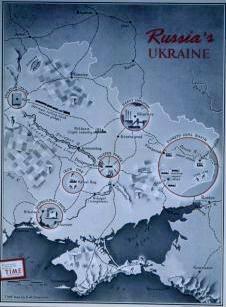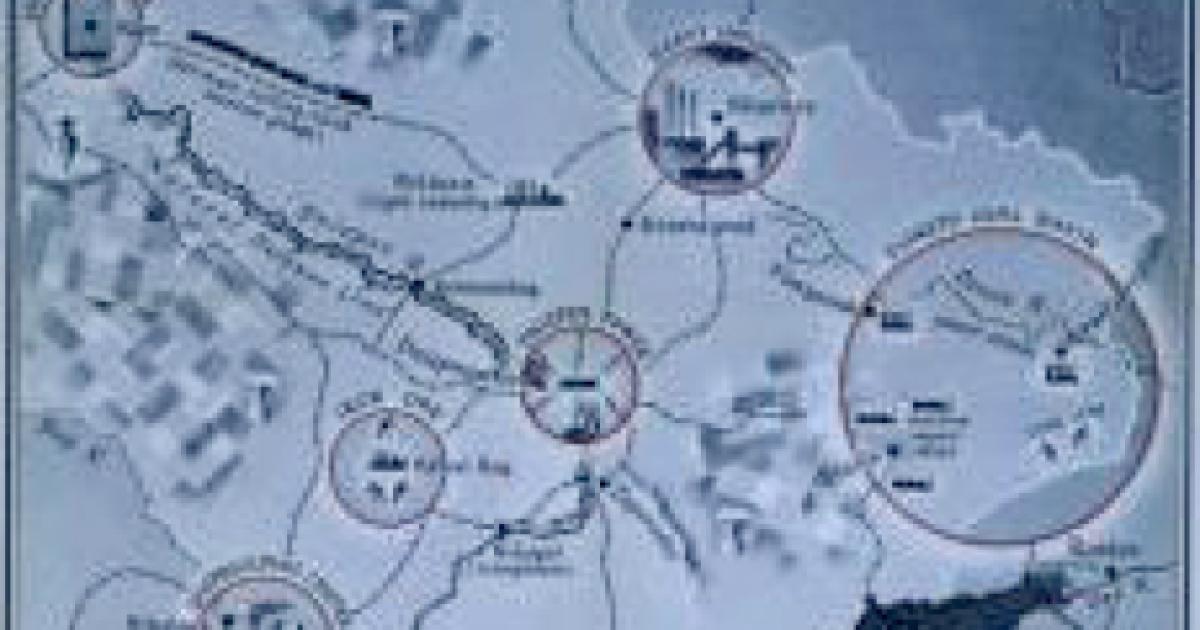- History
- Military
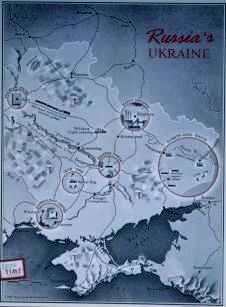
Should the Russian forces massed on Ukraine’s borders initiate hostilities, the resulting conflict will be only the most recent of many that stretch back through the history of the region. Having no natural borders to provide a geographic shield, Ukraine offers invaders from both east and west a highway of endless steppes—unforested grassland—through which to travel. The Mongolian Empire invaded and conquered the Kievan Rus in the 13th century, the horses of the Mongol hordes fueled by the endless grassland of the region. On July 8, 1709, the Ukrainian city of Poltava was the site of the decisive battle of the Great Northern War, at which a Russian army under Tsar Peter I destroyed the Swedish army of Charles XII, ending Sweden’s hegemony in northern Europe and introducing Russia as a great European power. Ukraine was also the scene of fighting during the Russian Civil War from 1917 to 1921. These years witnessed the invasion of Ukraine by the Red Army, an alliance between Ukrainian and Polish forces, and Ukrainian guerrilla warfare against the Russian occupation, which the Red Army brutally suppressed. The Red Army’s victory resulted in Ukraine’s inclusion in the Union of Soviet Socialist Republics, from which it would finally achieve independence in 1991. Soviet historians viewed the period as the liberation of Ukraine from western forces, while Ukrainian historians view it as a failed struggle for independence.
World War II was the backdrop for several notable battles on Ukrainian soil after the June 1941 commencement of Operation Barbarossa, the German invasion of the Soviet Union. After the Battle of Smolensk in July and August 1941, German generals wanted to continue the drive on Moscow. Hitler overruled them, instead focusing his attention on the resources and industrial areas of southern Russia. The German high command accordingly diverted a panzer group led by General Heinz Guderian to the south. Together, Guderian’s panzers and those of the 1st Panzer Group, commanded by General Paul Ludwig Ewald von Kleist, surrounded the bulk of the Soviet Southwestern Front. Kiev fell on September 19, and by the end of the month the bulk of the Southwestern Front ceased to exist, with somewhere between 600,000-700,000 killed, wounded, or captured. The subsequent drive on Moscow failed as the Russian winter descended on German forces that lacked winter clothing, with the Red Army under General Georgy Zhukov gaining a decisive victory over Army Group Center.
In May 1942, Red Army forces attacked the German Sixth Army near Kharkov. The Sixth Army not only held, but in a counterattack surrounded and eliminated three Soviet armies, bagging another quarter million prisoners in the process. The battle was a prelude to the German drive on the oil fields of the Caucasus, which would end in the encirclement and destruction of the Sixth Army at Stalingrad.
The Red Army, now on the offensive, drove westward into Ukraine to liberate its territory from Nazi control. The Soviet drive stalled out after taking Kharkov. A counterattack led by Field Marshal Erich von Manstein and spearheaded by the II SS Panzer Corps recaptured Kharkov on March 15, setting the stage for the Battle of Kursk in July 1943—the largest armored battle in World War II. Following the Battle of Kursk, the Red Army launched a general offensive against Army Group South. Red Army attacks succeeded in liberating Kiev on November 6 and creating bridgeheads across the Dnieper River. Soviet forces would go on to liberate the remainder of Ukraine the following spring.
How a Russian invasion of Ukraine will play out is uncertain, but one scenario would involve a pincer movement by Russian armies invading from both the east and the north (via Belarus), with the objective of securing all the land east of the Dnieper River. If they do lead an invasion, Russian commanders have plenty of historical precedent to rely on in designing their operations.







